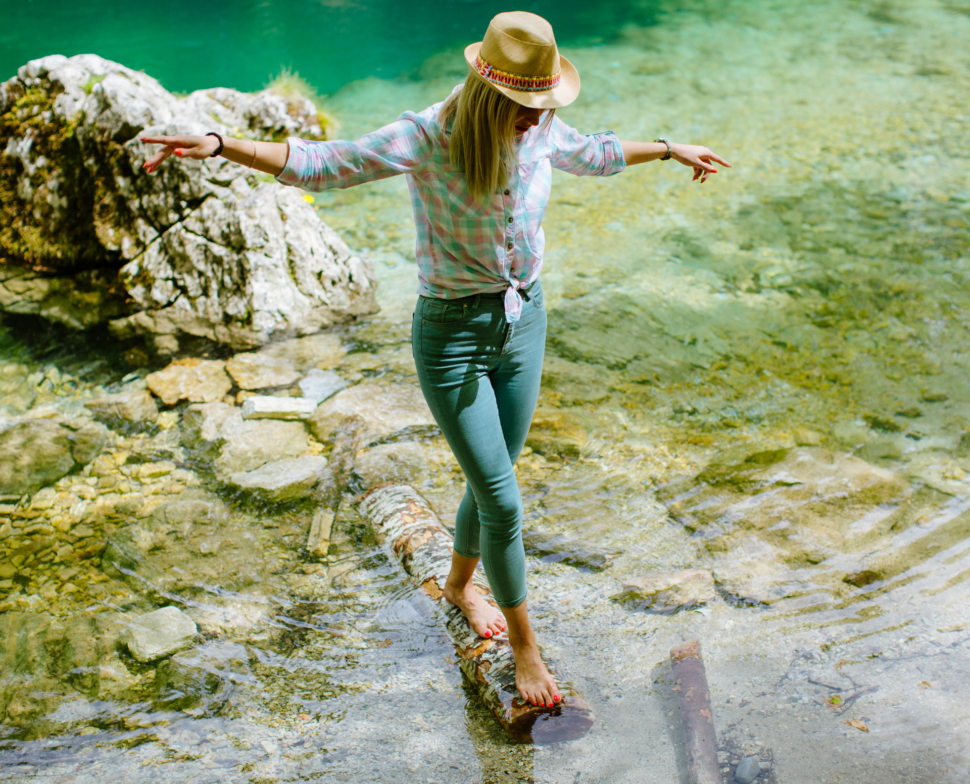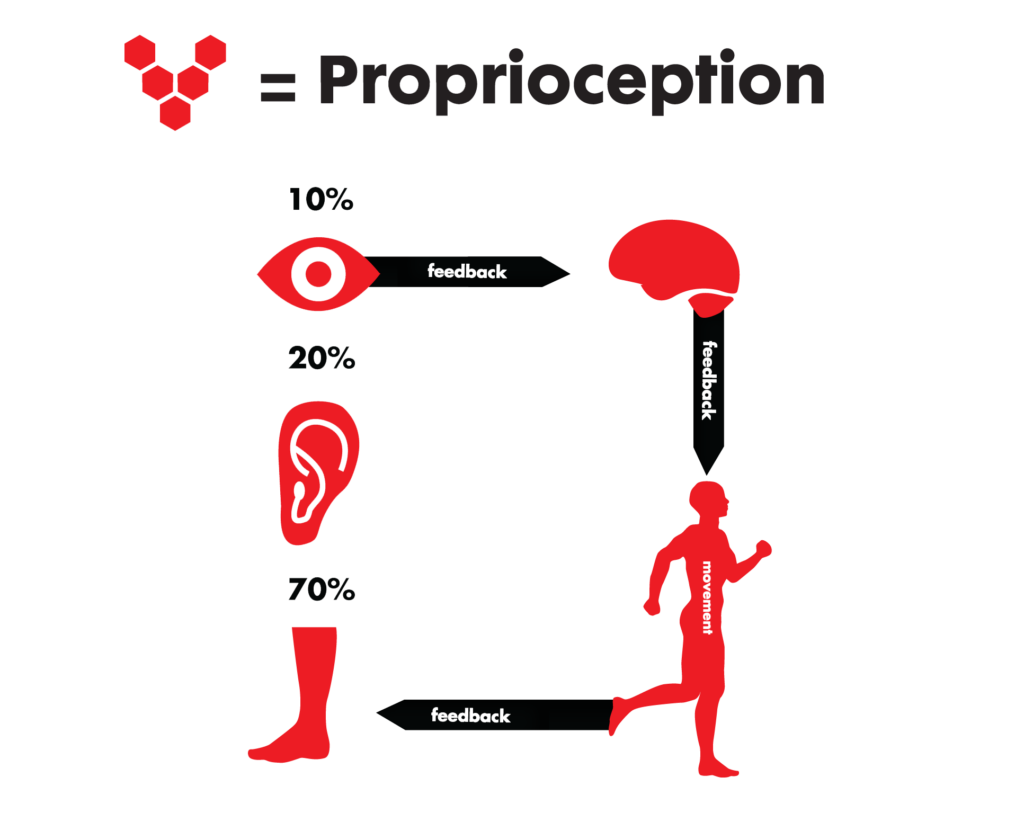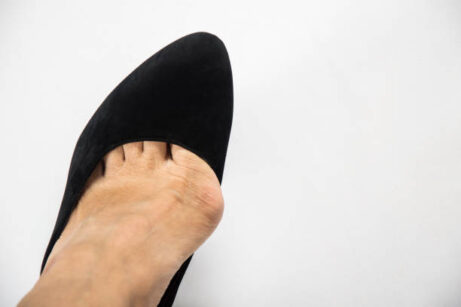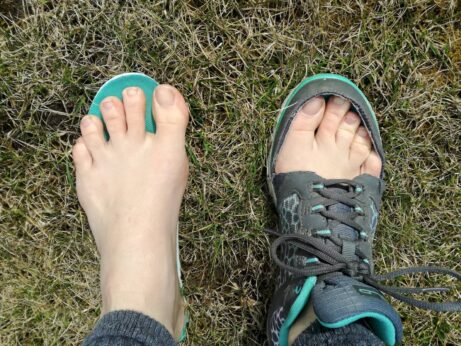The Barefoot Series, Part Three. The foot as a sensory organ.

You may have read the first two parts of my barefoot series focusing on the big toe and its most common deformity – bunions or hallux valgus. We will continue this series with another important topic – the function of the foot as a sensory organ.
And you may also have thought of a question I’ve been asked many times:
“And isn’t that wide toebox enough? Does there have to be a thin sole, too? It bothers me when I feel every pebble under my feet. And with my fallen arches, I need that orthotic insole!“
Today I have the answer to that question for you too: It’s not enough.
And why? Read on 😉
It’s not just about the thumb. Your whole foot is a very important sensory organ. They don’t teach too much about this sense in schools, but it is extremely important. It’s called proprioception – that is, the ability to perceive yourself in motion. It is essential for the correct coordination of movements, the registration of changes in body position, muscle tension and the progression of certain reflexes.

Surprisingly, our brains receive up to 70% of the motor feedback from the feet, unlike the ears (only 20%) or the eyes (only 10%). And the better and closer contact you have with the ground, the better this sense of yours works. The more naturally you move in your environment and the better you react to changes in your environment.
Source of the image www.vivobarefoot.com
Task for you: observe yourself walking today in your normal shoes and barefoot. Do you notice any difference? For example, in walking speed, in attacking toe or heel, in stride length, in engaging other muscles of the body, in engaging all the toes?
And how thick should be your soles then? Ideally around 3 mm, but not more than 7 mm. With a thicker sole you are depriving yourself of the proper function of the receptors in your feet. And what about your fallen arches? Walking barefoot or in barefoot shoes will strengthen the muscles in your feet and your arches will stop falling. If you find it uncomfortable at first, start with, say, 20 minutes barefoot, and wear your ideal custom-made barefoot or compromise shoes for the rest of the day.
Don’t have them yet? Sew them with me on an online course with support.


